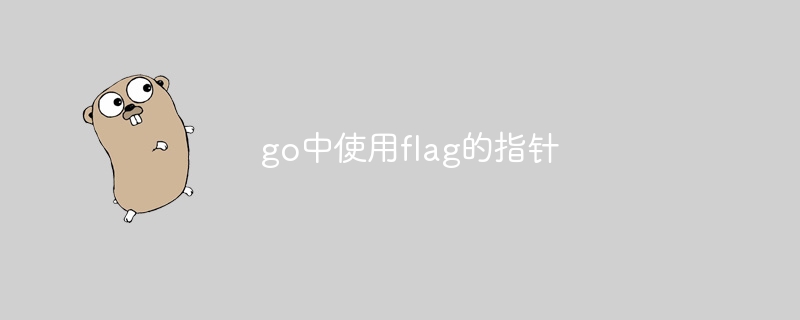Home >Backend Development >Golang >Using flag pointers in go
Using flag pointers in go
- WBOYWBOYWBOYWBOYWBOYWBOYWBOYWBOYWBOYWBOYWBOYWBOYWBforward
- 2024-02-14 22:06:08579browse

php editor Xiaoxin introduces a method of using flag pointers in Go language. In the Go language, the flag package provides a way to handle command line parameters. By using the flag pointer, we can easily obtain and process the value of the command line parameter. This approach improves code readability and flexibility, making it easier to write command-line tools and applications. In this article, we will explain in detail how to use flag pointers in the Go language. We hope it will be helpful to everyone.
Question content
I want to know if the token is of *string type, and then we get the value by reference. But if the token has already been dereferenced, why do I need to dereference it again?
func mustToken() string {
token := flag.String("t", "", "token for access to tg bot")
flag.Parse()
if *token == "" {
log.Fatal("token isnt specified")
}
return *token
}
I tried to google it but couldn't quite figure it out.
Solution
What happens in the above program is as follows:
- A call to flag.String allocates a
stringvariable and registers the variable, its name and default value, and the flags that are set. flag.String returns a pointer to an allocated variable. - A call to flag.Parse parses the command line and writes the value to a registered string variable.
- Expression
*tokenDereference the pointer returned from flag.String to obtain the value of the registered string variable. The program uses the expression*tokentwice because the program accesses the value twice.
The above is the detailed content of Using flag pointers in go. For more information, please follow other related articles on the PHP Chinese website!

